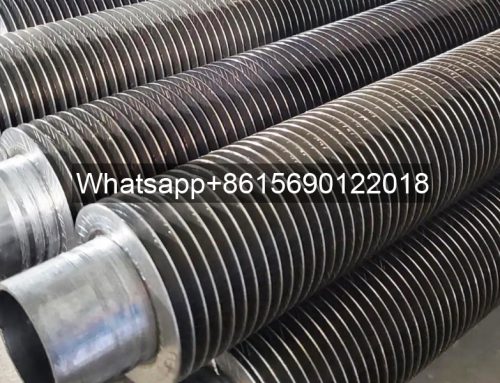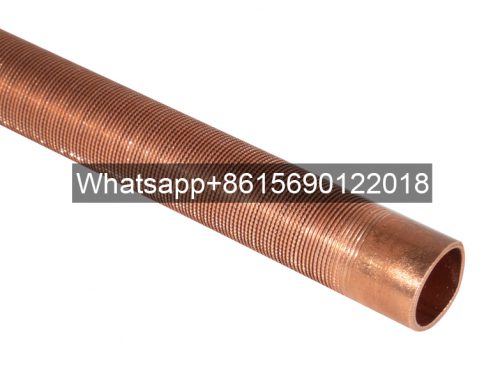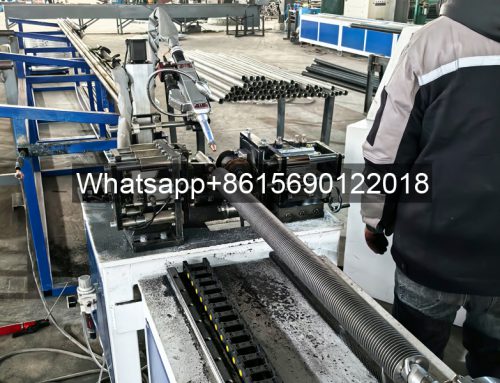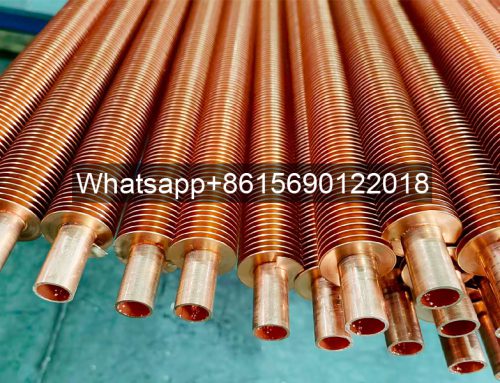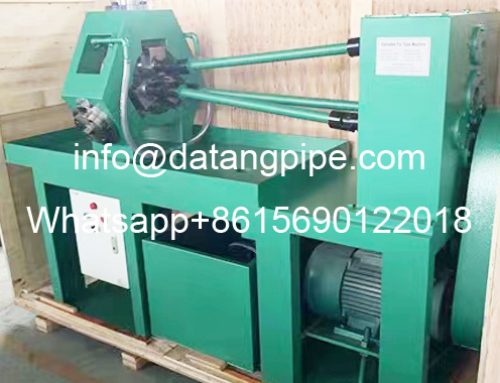High-Frequency Welded Spiral Fin Tubes VS Serrated High-Frequency Welded Spiral Fin Tubes
The main differences between high-frequency welded spiral fin tubes and serrated high-frequency welded fin tubes are structural features, heat transfer performance, manufacturing process, resistance characteristics, and price.
The main differences between high-frequency welded spiral fin tubes and serrated high-frequency welded fin tubes are as follows:
I. Structural Features
Fin Structure:
High-frequency welded spiral fin tubes typically have a smoother fin surface. The fins are tightly connected to the base tube via high-frequency welding to increase the heat transfer area.
Serrated high-frequency welded fin tubes: The fins are serrated, creating a tooth structure of a specific shape and depth. This serration structure further increases the fin surface area and also changes the flow pattern of the fluid over the fin surface.
Contact Area:
Due to the serration structure, the contact area between the fins and the fluid of serrated high-frequency welded fin tubes is larger than that of ordinary high-frequency welded fin tubes. This allows serrated high-frequency welded fin tubes to provide more heat transfer area within the same volume and size, thereby improving heat transfer efficiency.
II. Heat Transfer Performance
Heat Transfer Coefficient:
The heat transfer coefficient of serrated high-frequency welded fin tubes is generally higher than that of conventional high-frequency welded fin tubes. The serrated structure increases fluid disturbance and turbulence, disrupting the fluid boundary layer and thus improving the heat transfer coefficient.
Experimental data shows that under the same operating conditions, the heat transfer coefficient of serrated high-frequency welded fin tubes can be 20%-50% higher than that of conventional high-frequency welded fin tubes.
Scope of Application:
High-frequency welded fin tubes are suitable for general heat transfer applications. For applications with less stringent heat transfer requirements, they offer advantages such as low cost and simple manufacturing processes.
Serrated high-frequency welded fin tubes are more suitable for applications requiring higher heat transfer efficiency, such as industrial waste heat recovery, air conditioning and refrigeration systems, and the power industry. In these applications, serrated high-frequency welded fin tubes can provide better heat transfer performance and meet system operating requirements.
III. Manufacturing Process
Welding Process:
The welding processes for both are essentially the same, using the skin effect and proximity effect generated by high-frequency current to instantly heat the fins and base tube to a plastic or molten state, thus achieving a secure welded connection.
However, serrated high-frequency welded fin tubes require serration of the fins before welding, which increases the complexity and difficulty of the manufacturing process.
Processing Difficulty:
Serrated high-frequency welded fin tubes are relatively difficult to process, requiring specialized serration equipment and processes. Parameters such as the shape, depth, and density of the serrations must be precisely controlled to ensure the heat transfer performance and quality of the fin tubes.
The manufacturing process for conventional high-frequency welded fin tubes is relatively simple, resulting in high production efficiency and relatively low cost.
IV. Resistance Characteristics
Fluid Resistance:
The serrated structure of the fins in serrated high-frequency welded fin tubes increases the flow resistance of the fluid on the fin surface. When the fluid flows through the serrations, it generates more turbulence and vortices, resulting in increased resistance.
Ordinary high-frequency welded fin tubes have relatively low fluid resistance, allowing fluid to flow more smoothly over smooth fin surfaces.
Pressure Drop Impact:
When designing a heat exchange system, the impact of fluid resistance on system pressure drop must be considered. Serrated high-frequency welded fin tubes may require greater pump power or higher pressure to overcome fluid resistance, increasing system operating costs.
Ordinary high-frequency welded fin tubes have a smaller impact on system pressure drop and are suitable for applications with lower pressure requirements.
V. Price and Cost
Material Cost:
The base tube and fin materials of both fin tube types are generally the same, so the material cost difference is minimal. However, the serration process required for serrated high-frequency welded fin tubes may increase material loss.
Manufacturing Cost:
The manufacturing cost of serrated high-frequency welded fin tubes is relatively high, primarily because the serration process requires specialized equipment and technology, resulting in relatively low production efficiency. In contrast, the manufacturing process for ordinary high-frequency welded fin tubes is relatively simple, resulting in high production efficiency and relatively low cost.




